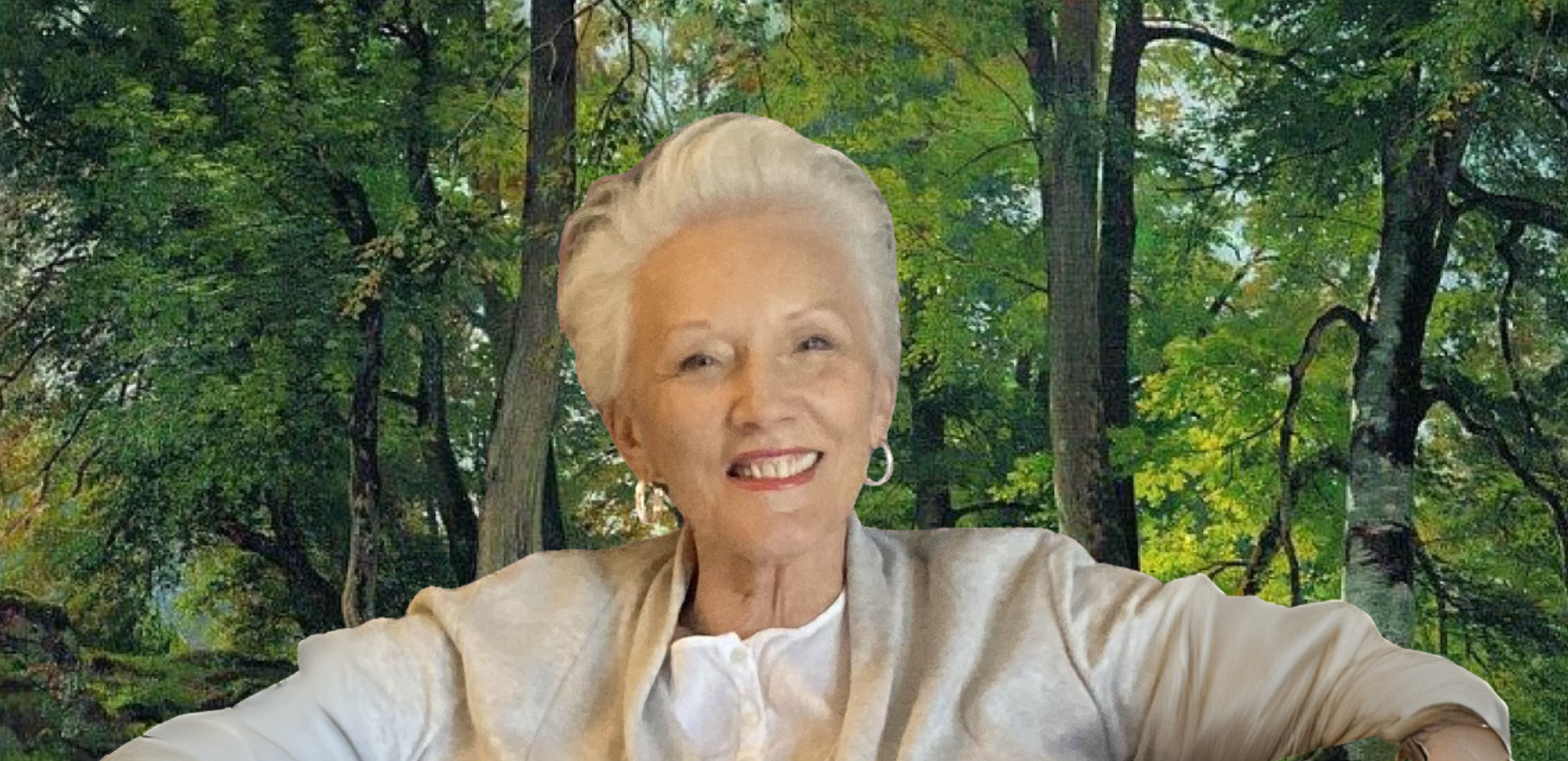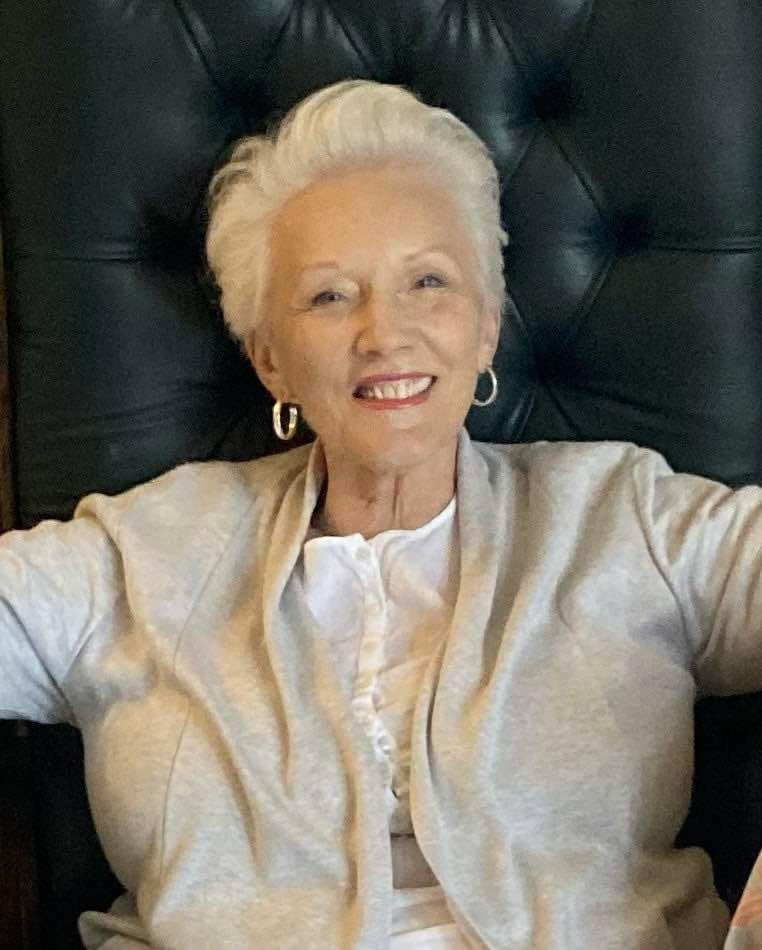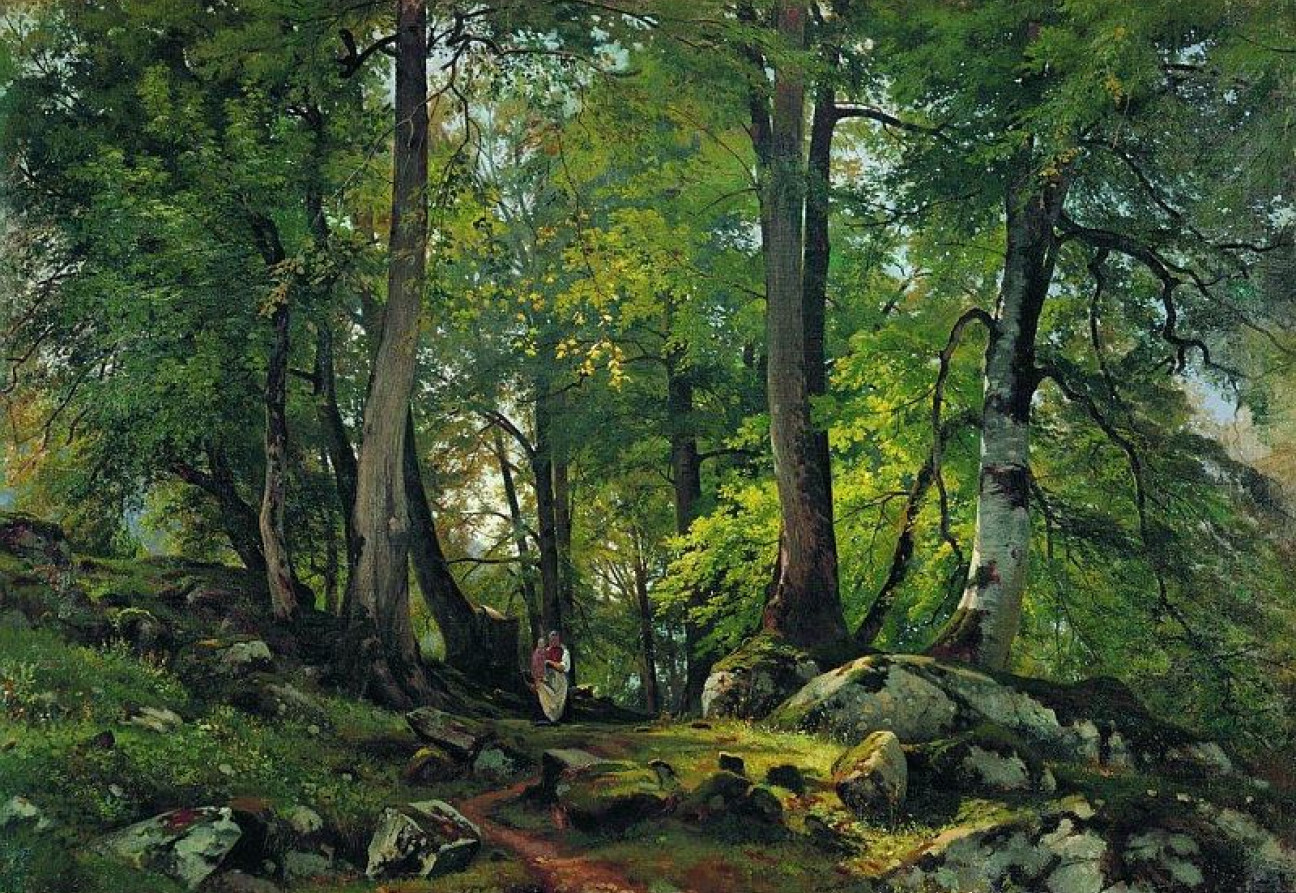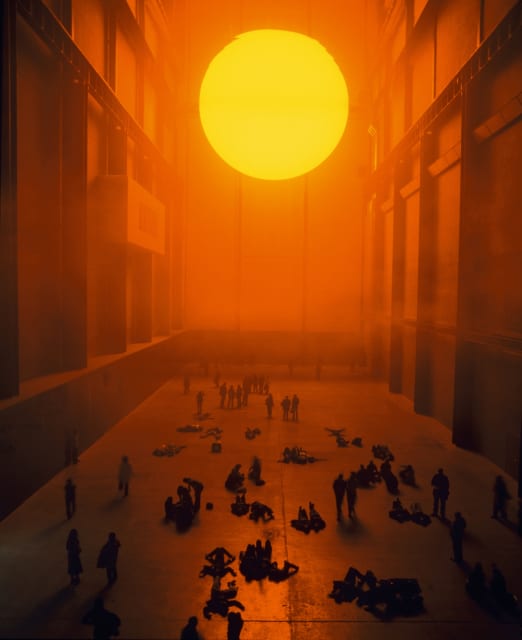Art for Art’s Sake by Marian Relihan

Art has a way of shaping us, guiding us through time and place, leaving its imprint on our lives in unexpected ways.
In this latest piece for Kerry Writers’ Museum blog, Marian Relihan reflects on a lifetime of artistic encounters — from her school days with an inspiring teacher to the galleries of London and Moscow, and back home to the vibrant art scene in North Kerry.
With warmth and wit, she shares the moments that deepened her connection to art, the influences that shaped her creative journey, and the ever-evolving role of art in Irish society today.
Bio
Marian Relihan, Creative writing tutor with Kerry Education and Training Board. Published a book of poetry, Skyland, and her work has been published in journals, magazines and anthologies.

Photo: Marian Relihan
Art for Art’s Sake
I sat my Leaving Cert in 1972. It was the first year that Art was an Honours subject. I had come from a strict boarding school to the relative liberalization of a day school.
Our Art teacher was Charlie Donovan. We called him Charlie, unheard of at the time to call a teacher by their first name. The class was laid back and very engaging. Charlie inspired in me a life-long love of visual Arts. We studied Art History, drawing, painting and silk screening.
Art and English Literature were my favourite subjects. I even took extra classes after school, doing the long walk to the Limerick School of Art, at the top of William Street. Dedication indeed for a teenager that was mostly interested in sex, drugs and rock and roll.
He encouraged us to go to ROSC in Dublin. This was a series of international modern art exhibitions that were held from 1967 to 1988. He told us stories about the greats in the Irish Art scene, one who was physically removed by the students from his Art School, because he refused to leave. He also shared anecdotes about other giants of the international Art world. Every time I landed in Shannon, I felt proud to see his massive triptych over the staircase.
The only time I saw Charlie stressed was when we came out of the Leaving Cert exam room. He quizzed us on the questions we had done and how we answered them. He didn’t seem reassured by our responses. However I got an Honour, I think most of us did okay.
My first job after leaving school was in London in the Insurance Company of Canada. Not much Art was involved in that job. However, it was beside the National Gallery in Trafalgar Square.
I often spent my lunch hour wandering around the rooms of the gallery, admiring the Art and trying to interpret it. These galleries were free admission at the time. I loved Rubens’ huge paintings with his fleshy men and women. Later I came to view these masterpieces from a Feminist perspective. These paintings were often commissioned by rich men to satisfy their voyeurism.
I was still in London for the Tutankhamun exhibition at the Royal Academy of Arts in Piccadilly. My boyfriend and I queued for hours to see it. It was worth it. Tutankhamun was buried more than a thousand years BC, yet the Artwork was beautiful and fresh.
There are much older examples of humans creating Art in caves. It was always assumed that the Art was created by men; now there is evidence that women were also artists.
Back in West London in 1986, many galleries were easy to visit. Leighton House was a five-minute walk from me. It was also free entry. I brought my children and friends there many times. It was lovely to have a picnic in the garden on a sunny day. It’s no longer free entry. The house itself is a work of Art. The Arab Hall is lined with tiles from Damascus. Upstairs there’s a little viewing gallery that looks down on the Arab Hall. There are sculptures and paintings by Leighton and his Pre-Raphaelite friends that decorate the house. Watts was a very close friend of Leighton, and his murals and paintings are on display there.
I came across a copy of a painting, painted by a student of Watts, it was a painting that intrigued me. I found it in an antique shop in South Kensington. I saved and bought it, and it still hangs on my wall.
This house was part of an Artist enclave in the Holland Park area, built in the 19th century. All the houses had very large north facing windows to capture the best light. The Watts house was demolished in 1964. So, Leighton House is the only one that is a gallery and open to the public.
Close by, on Kensington High Street, the Commonwealth Institute was a wonderful place to see Art and Crafts from all the Nations of the Commonwealth. A great place to take children who were fascinated with all kinds of unfamiliar artistic objects, masks, paintings and clothes. There was also a great cafe there. It was a real treasure, but I never saw it busy. Unfortunately, it was sold to developers, and now I don’t know its fate.
I could regularly visit the Tate and the National Gallery again. Twenty years after my Leaving Cert, I applied for a degree in Art History and English Literature at the University of Kent. They showed us ‘The Arnolfini Portrait’ by Van Eyck to critique it. Charlie would have been proud of me. I was accepted, but didn’t take the offer.
Instead, I took a degree in Russian and European Studies at Queen Mary University. As part of the course, I studied in Moscow. There is an abundance of galleries in Moscow. We also visited the Hermitage in St Petersburg. It is said that it would take a year to see everything in the Hermitage. I was surprised at all the European paintings on display, particularly the Impressionists. However, the Artist that left an impression on me was Shishkin. Viewing his paintings of trees made me feel like I had walked in the forest and touched the trees. Shishkin’s exhibition was shown in Dublin a few years ago, unfortunately I missed it. Even the Metro in central Moscow had sculptures of strong men and women workers looking hopefully into the future. They were built to be people’s palaces to inspire Muscovites.

Photo: The Czar of the Forests, painting by Ivan Shishkin
The most immersive event for me was ‘The Weather Project’ by Olafur Eliasson. This installation was in the Turbine Hall of the Tate Modern. It filled the massive space. The best way of viewing it, was to lay on one’s back and look up at the mirrored ceiling. It was unforgettable and I can still conjure up that feeling I had breathing it in.
Shortly before I left London, I went to see Caravaggio at the National Gallery. This is the poem inspired by that visit.

PHOTO: The Weather Project by Olafur Eliasson
Caravaggio by Marian Relihan
Lascivious Caravaggio was in town
Snow rested quietly in Hyde Park
as I made my way to your smile
on the steps of the National Gallery.
Tried to concentrate on the Master
of Dark, Light and Reds
always aware of your presence
After, we walked to Soho.
It snowed again.
Warm lights directed us to the cafe on the corner
And then “I Only Have Eyes For You”
played as we drank coffee.
In Piccadilly we caught the Number 9 bus
You held my hand on the back seat
I knew I would always remember
Caravaggio, the snow and you.
Back in North Kerry, the Art world is alive and thriving. For example, the LVAC in Listowel supports local artists. There are always Art exhibitions and events that nurture the Artists. Listowel has St John’s and The Writers Museum.
Every town and village have artists producing wonderful work. No longer is Art the province of the elite in Dublin. In a changed Ireland, I’m happy to say, art is thriving and there are spaces for all kinds of creativity.
